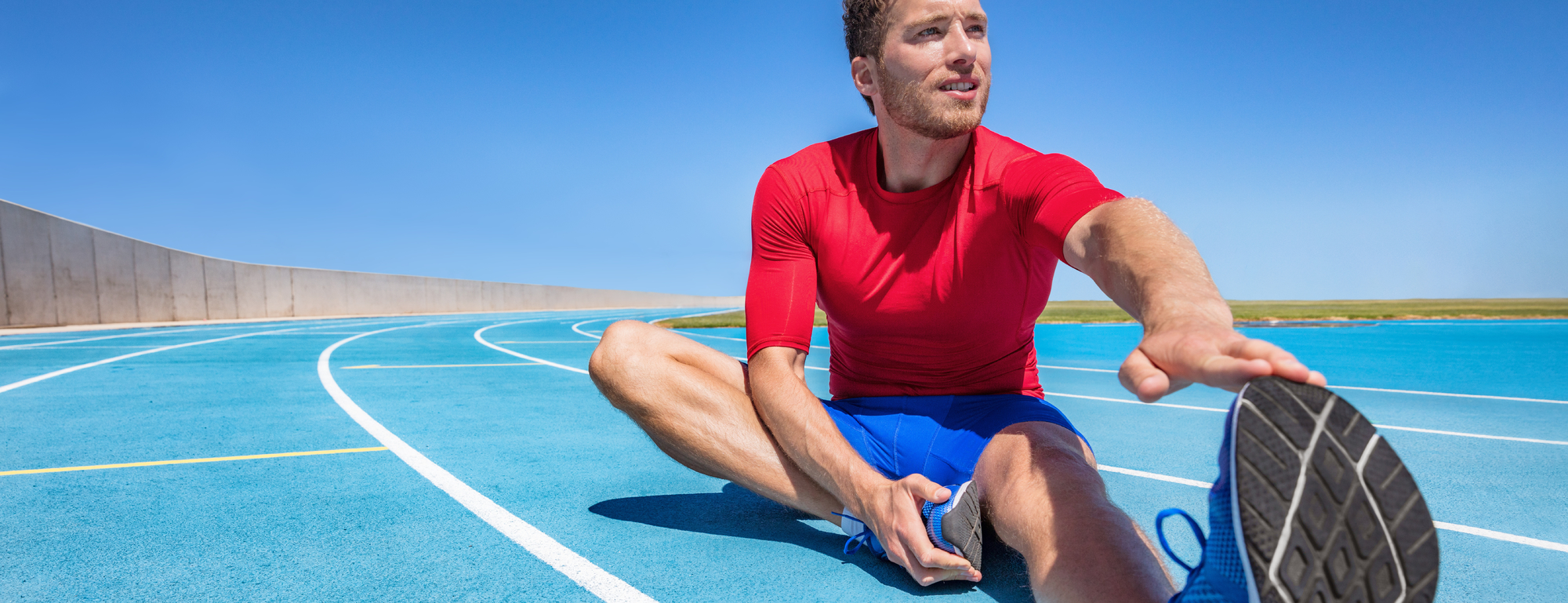
The basics:
You have four hamstring muscles: the semimembranosus and semitendinosus (medially) and the biceps femoris – short and long heads (laterally).
A hamstring strain is a common leg injury involving a tear in one or more of these muscles. A hamstring strain can range from mild to very severe involving a complete tear of the hamstring muscle.
The Symptoms of a strain include:
- Sudden sharp pain at the back of the thigh usually whilst sprinting or kicking
- Snapping or popping feeling.
- Pain in the back of the thigh and lower buttock when walking, straightening the leg, or bending over.
What causes a strain?
- Weak gluteal muscles. Glutes and hamstrings work together. If the glutes are weak, hamstrings can be over loaded and become strained.
- An Improper warm-up – Your warm-up must be active and dynamic to prepare the hamstring muscles for the forces involved.
- Inappropriate training loads – You may be loading your hamstring muscles too much too soon.
- Fatigue (neural and local muscle).
Treatment & recovery:
On examination at Healthworks, our physiotherapists will look for signs of pain on hamstring contraction, reduced hamstring flexibility, tenderness or a palpable lump or gap within the hamstring muscle bulk. Depending on severity an ultrasound scan or MRI may be used to identify the location and extent of any suspected hamstring tear.
Once the extent of the injury has been established the course of treatment will include a combination of active rest and both strengthening and stretching exercises. Many of our patients will be taught to do self-sciatic nerve mobilisations to supplement the physio sessions which aim to:
- Reduce hamstring pain and inflammation.
- Normalise your muscle range of motion and extensibility.
- Strengthen your knee muscles and hamstrings.
- Strengthen your lower limb muscles: calves, hip and pelvis muscles.
- Normalise lumbo-pelvic control and stability – a co-factor in many hamstring strains.
- Improve your game speed, proprioception, agility and balance.
- Improve your technique and function e.g. running, sprinting, jumping, hopping and landing.
Many of our patients will try a thigh support or Kinesio taping for hamstring strains to provide confidence, warmth and proprioceptive feedback, which reduces your likelihood of hamstring re-injury.

